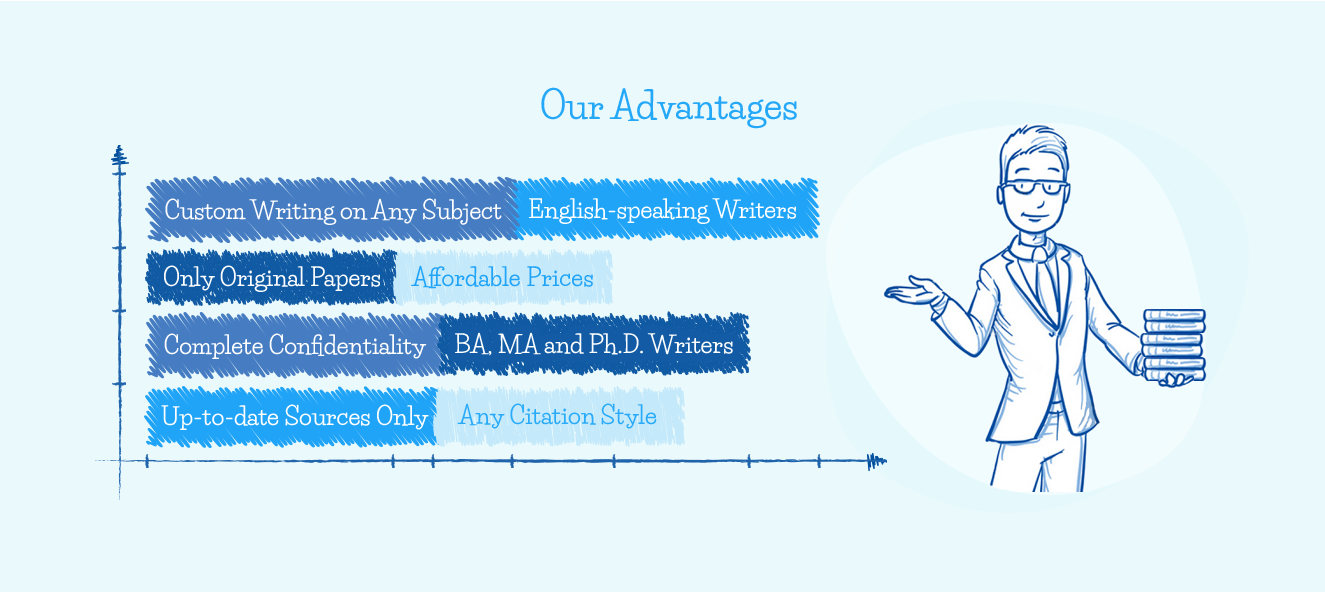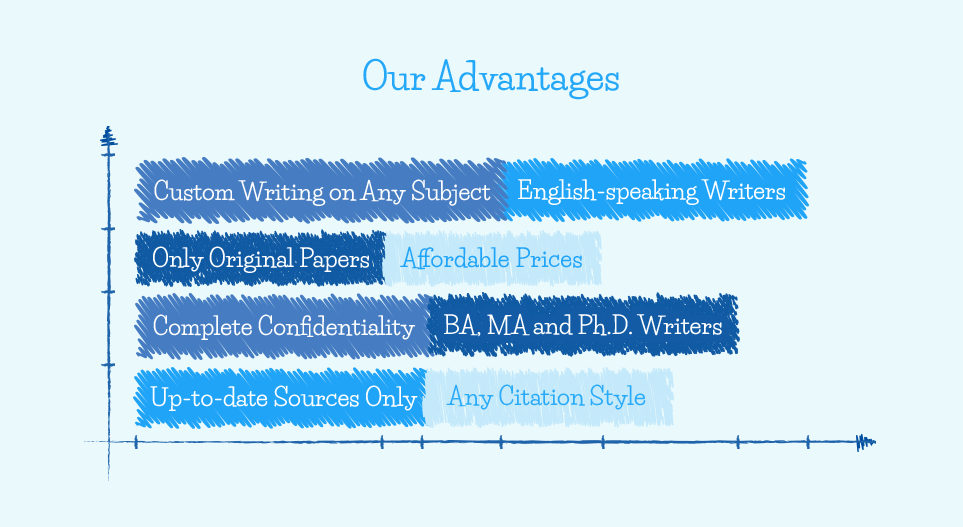Family-Centered Health Promotion
Researchers believe that learning style with its attributes signifies the way of personal approach to teaching and learning. For instance, Neil Fleming developed the VARK Questionnaire to describe the focal points of four relevant learning styles: visual, aural/auditory, read/write, and kinesthetic (marked by the letters V, A, R, and K relevantly). Fleming (2014) focused on these methods of learning as the VARK modalities.
Based on the current VARK test questionnaire, the student’s profile is the following: scored 10 points in K (kinesthetic) and 8 points in A (aural). In this relation, the preferred learning style is related to the tactile and auditory systems. It means that for the student, it is preferable to create the learning settings of hearing discussions, lectures, tutorials, tapes, speaking over mobiles, taking an active part in retelling some passages from books, and citing quotes. In the framework of this learning style, it is essential to cite quotes loud and discuss some problems in a group. According to the kinesthetic learning style, the strategy should be related to the tactile sensory system: the student should be able to apply skills practically through personal examples, set out the relevant experiments, and include the practical modalities in reality. Both learning styles were revealed via the VARK test and can be used in creating unique learning settings for the student.
You can contact us if you want to Buy an Analysis Essay help on this or any other topic.
It would be rational, in this relation, to subdivide students into inclusive groups based on their learning styles. For instance, it is understandable that for each student, the learning settings, style, and strategies should be unique, for better results in learning. According to Riener and Willingham (2010), the most popular current conception of learning styles equates style with the preferred bodily sense through which one receives information, whether it be visual, auditory, or kinesthetic (p. 33). Since the information is received, it should be reworked in mind and emotions for a better cognition effect. It means that the analytical abilities of the brain should be reinforced for enhanced cognitive effect; therefore, not only does the way of receiving information matter in this flow but also the way of perceiving the information is significant for the learning outcomes. Grimley (2013) suggests adding the neuro-linguistic programming (NLP)-based iWAM Questionnaire to test the limits and volume of the brain responsiveness towards the activated balance between neuron cells and receiving/perceiving the learning information.
The contrast between the existing learning strategies and the expected learning strategies may be high, specifically when analyzing the learning settings of many classrooms. For instance, for the currently analyzed student, the learning strategies of the required preferred learning style are not fully corresponding to those that are tested in VARK. It was identified, for example, that in the learning strategies, there is a lack of coherence and systematic control over the results and the outcomes or learning. Furthermore, it was identified that the learning strategies in the selected learning style are not corresponding to the notions of the preferred learning marked by the letters K and A. In this class, for instance, the teacher is more focused on reading and writing to reach the effect of learning rather than being interested in auditory and tactile learning. The reason is logical: being focused on reading/writing learning activities will save time and costs for a teacher. However, it is not considered that, in such a case, the students with an auditory and kinesthetic way of perceiving the information are not well tolerated in their endeavors to take an active part in learning.
The perception of teaching and learning in many cases depends on the awareness of the attributes of the teaching/learning style. Although many people think that education is the way to get the lucky grade and move actively forward towards the successful position of benefiting in life as it goes, teaching and learning are sharing the system of values first of all. In many cases, education is perceived as how successfully the perceived information is analytically reworked in the minds of recipients. On the one hand, depending on the learning style, the system of values is sharable in the form of a visual, readable/writable, tactile, or auditory way. On the other hand, the selected approach provokes success or failure in the further creative determination of the ability to take part in attaining a balance between the personal and the point of view of others (researchers, teachers, etc.). The differentiation between the points of view, citing them, and developing in the future research will be the most productive part of the creative work as the learning outcome.
How it works
Step 1
Visit our website and go to the order formStep 2
Fill in specific essay details in your order description sectionStep 3
Pay for your custom essay and get your order verifiedStep 4
Process of writing your academic assignmentStep 5
Editing and anti-plagiarism checkStep 6
On-time delivery of an already written essayIn this relation, the positions of teaching and learning are being influenced by the learning style and strategy. For instance, if the K and A options of the VARK Questionnaire are applied relevantly to the overall group and if probably, these options are minor, the outcomes of learning can be diminished significantly. Therefore, to reach the better effect of learning, it would be rational to create specific classrooms for students with specific preferences in learning. This approach will be beneficial if the education is inclusive and creative, according to the preferred learning style. However, in the future learning perspectives, the effect of the NLP with its learning modification aspect should be studied relevantly to assess the impact of special practical effects of brain functionality in teaching and learning.

















